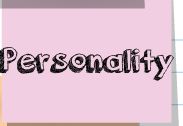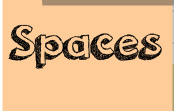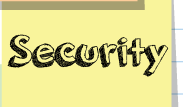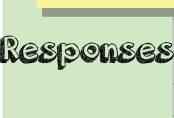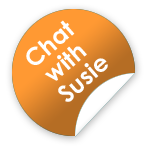In “Leaving Home Sweet Home: Towards Critical Readings of Writing Center Spaces,” Jackie Grutsch McKinney (2005) mentioned that “critical geographies would not merely state what objects occupy the space… [they] would include the human experience in the use of space and objects” (p. 11). Writing Centers embracing digital or virtual tutorials must consider the technology used to access said space and objects— especially issues of access, ease of use, and the technology's reliability.
Accessibility
Our Writing Center has gone through myriad technological advances over the years. We have moved from asynchronous email response tutoring to synchronous chat tutoring and hit a few bumps as we tried out various technologies along the way. This process taught us that the more easily accessible a technology is, the more likely students are to use it.
As Dr. Diepenbrock discusses in her section on Experimental Space, we have tested various technologies in order to ascertain the most useful for us and our university’s population. For example, in 2007, we decided to begin offering AIM Pro chat tutoring. While this was undoubtedly a good idea at the time, students simply did not use it. The extra time it took to download the chat, set up an AOL username and password, add the Writing Center account, log on, and chat with us was not worth it when they could, at the time, simply email us their paper and wait for a response.
By the same token, we have always offered a phone chat option. While it was never as popular as our asynchronous email response tutoring option and is currently not as popular as our synchronous chat tutoring, students preferred to use this option above our AIM Pro chat tutoring. Students were more comfortable using the technology they knew and had easy access to.
Our solution was to find a technology which would be more easily accessible to our students. At the time, the library was using an “ask a librarian” chat widget on its page which was powered by Meebo (which has since been discontinued and bought out by Google). This seemed like the answer; it was free, easy to access, and provided the means needed to connect with our students easily.
Testing proved that this was the case. We found it easy to set up and use and a good venue in which to connect with students. Our final use for this technology, however, was not for the same kind of kind of tutoring that we were doing in our face-to-face sessions; instead, we decided it was best for quick questions and brainstorming.
Ease of Use
Speaking of connecting with students easily, we found that when choosing chat technology ease of use also played an important role. This has been an issue with digital technologies in Writing Center spaces for some time. As Sharon Thomas, Mark Hara, and Danielle N. DeVoss (2000) stated in “Writing in the Electronic Realm: Incorporating a New Medium into the Work of the Writing Center,” the technology made them so frustrated that “attempts to integrate technology into [their] work caused changes so uncomfortable that [they] discontinued the activity” (p. 73).
So it was with us during our journey to find a venue for online chatting and synchronous tutoring. One avenue we considered was Second Life, a three-dimensional, virtual environment created by Linden Labs. The content in Second Life is created by its users. Like AIM, Second Life requires a download and set-up which makes it less easy to access. Apart from this, however, Second Life is also a somewhat more complicated program. It requires users to become familiar with keyboard and mouse controls and to be comfortable with navigating an avatar in a three-dimensional environment.
Personally, I did not have much of a problem with Second Life. I enjoyed the world and was able to grasp the controls. However, I am a more traditional student who is used to playing video games. For students even a few years older than I, this was not necessarily the case. For example, our previous program coordinator managed to get her avatar stuck in a lake (we think she's still there). So, while Second Life may have been an option at a more traditional university, for ours, which currently only enrolls transfer students and graduate students who are usually older, we decided it was not the best option.












